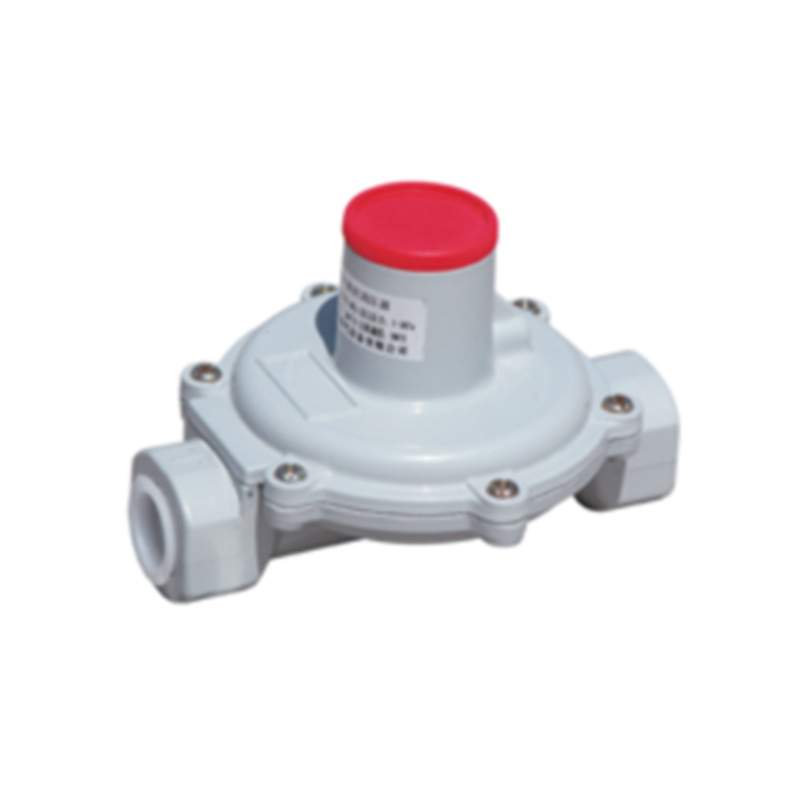
Aug . 07, 2024 18:00
Back to list
Exploring the Importance of Reducing Stations for Efficient Energy Management and Distribution Systems
The Role and Importance of Reducing Stations in Modern Infrastructure
In the ever-evolving landscape of urban infrastructure, reducing stations play a crucial role, especially in the management and utilization of energy. These specialized facilities are designed to decrease the pressure of gas or, in some contexts, water, making them suitable for distribution in urban settings. The concept of reducing stations is integral to ensuring resources are transported safely and efficiently from supply sources to end-users.
At its core, a reducing station acts as a transition point. In the case of gas distribution, for example, natural gas is typically transported through high-pressure pipelines. However, for safe and effective use in homes and industries, the pressure must be significantly reduced. Here, reducing stations come into play. The process involves various equipment, including pressure regulators, monitoring devices, and safety systems, all aimed at controlling and lowering the pressure of the substance being transported.
One of the primary functions of a reducing station is to enhance safety. High-pressure gas can pose a significant risk if not managed correctly. By reducing the pressure at designated locations, these stations minimize the risk of leaks, explosions, and other hazardous incidents. They are equipped with safety features such as emergency shut-off valves and pressure relief systems to handle any anomalies that might occur, thus protecting the integrity of the pipeline network and the surrounding environment.
Moreover, reducing stations contribute to efficient energy management. In an era where energy conservation is paramount, these stations ensure that gas is delivered at the appropriate pressure levels to meet demand without wastage. This efficiency translates into reduced operational costs for energy providers and ultimately lower prices for consumers. Moreover, by minimizing energy loss during transmission, reducing stations support broader sustainability goals, helping to reduce the carbon footprint associated with energy distribution.
reducing station

The strategic placement of reducing stations is another critical aspect. Urban planners and engineers must carefully design the infrastructure to ensure that reducing stations are located in areas that optimize the delivery network. This involves factors such as population density, proximity to consumers, and geographic considerations. Properly placed reducing stations can significantly enhance the reliability of gas supply systems, contributing to a stable and uninterrupted energy supply.
However, the importance of reducing stations extends beyond just gas distribution. In water supply systems, reducing stations serve a similar purpose. High-pressure water from treatment facilities is reduced to suitable levels to ensure effective distribution through municipal systems. This is especially important in urban environments where the infrastructure must accommodate varying elevations and distances from water sources.
Furthermore, as technology advances, the design and operation of reducing stations are becoming more sophisticated. The integration of smart technologies and automation systems allows for real-time monitoring and adjustments. This innovation enhances operational efficiency and provides data that can be analyzed for future improvements. As cities continue to grow and evolve, adapting reducing stations to incorporate the latest technological advancements will remain essential.
In conclusion, reducing stations are a vital component of modern infrastructure, playing a key role in the safe and efficient delivery of gas and water. Their ability to manage pressure not only enhances safety but also optimizes energy utilization, contributing to a sustainable future. As urban areas expand and energy demands increase, the continuous improvement and integration of reducing stations into infrastructure planning will be essential for meeting both current and future needs. The importance of these facilities cannot be underestimated, as they are foundational to the seamless operation of energy and water distribution systems in our increasingly interconnected world.
Latest news
-
Safety Valve Spring-Loaded Design Overpressure ProtectionNewsJul.25,2025
-
Precision Voltage Regulator AC5 Accuracy Grade PerformanceNewsJul.25,2025
-
Natural Gas Pressure Regulating Skid Industrial Pipeline ApplicationsNewsJul.25,2025
-
Natural Gas Filter Stainless Steel Mesh Element DesignNewsJul.25,2025
-
Gas Pressure Regulator Valve Direct-Acting Spring-Loaded DesignNewsJul.25,2025
-
Decompression Equipment Multi-Stage Heat Exchange System DesignNewsJul.25,2025

